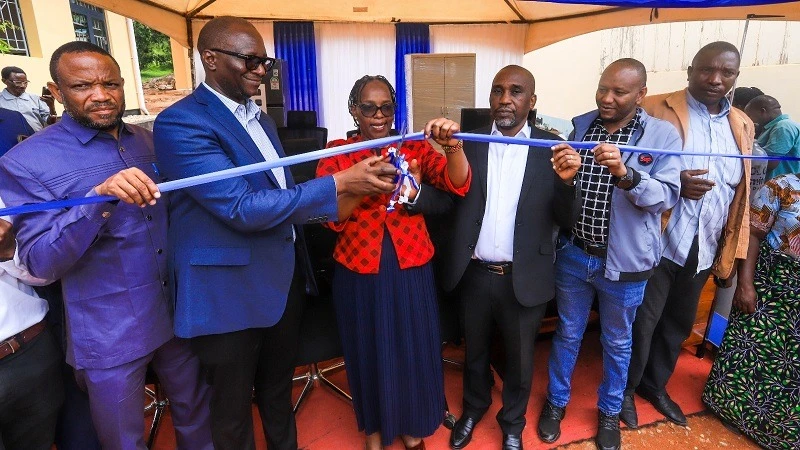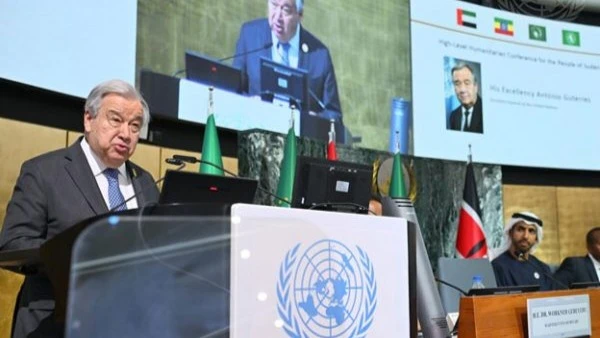Wildlife intrusions down by 80pc with electric fence, tree planting

RESTORATION of the Nyerere Selous-Udzungwa wildlife corridor has reached an important stage following construction of an electric fence and planting of 40,000 species of indigenous trees.
Goodluck Mallya, the Kilombero District wildlife officer told members of the Journalists Environmental Association of Tanzania (JET) when the team visited the corridor to witness the progress registered in the restoration process.
Successful restoration of the wildlife corridor is expected to reduce human wildlife conflicts (HWC) by 80 percent, he said, highlighting that the Nyerere Selous-Udzungwa wildlife corridor is a vital aspect of the southern tourism circuit.
It connects protected landscapes, namely the Nyerere Selous ecosystem and Udzungwa Mountains National Park, where the government in its five years strategy – 2022 to 2026 - plans to restore 20 corridors in the zone.
Seven corridors are being restored including the Nyerere Selous-Udzungwa strategic pathway, as data with the Natural Resources and Tourism ministry indicates that up to last August upwards of eight out of 20 corridors had been partly restored.
“Our target is to plant 100,000 trees to create a friendly environment for wildlife. The electric fence will scare away elephants and other fierce animals that have been invading farms and houses,” the official noted.
Before building the fence they were receiving two to three reports of elephant invasions each week, he said, pointing out that the tree planting exercise is funded by the United States Agency for International Development (USAID) and US-based environmental activist groups.
The five-year (2021 - 2026) nationwide project aims to conserves the country’s biodiversity, enhance habitat connectivity and supports community livelihoods.
Lasima Nzao, program manager with Reforest Africa, said that with support from USAID they have provided villagers with environment conservation education, the importance of planting trees and cultivation of mixed crops to combat climate change.
So far Sole, Mang'ula ‘A’ and Kanyenja villages have been reached, while a tree nursery was set up where villagers near the corridor obtain seedlings for planting. The NGO takes care of the planted trees, monitoring its growing progress, he said
Felister Mwalongo, program coordinator for ‘Associazione Mazingira,’ (environmental association), said that USAID facilitates environmental conservation education in villages surrounding the Uduzungwa Mountains zone and the corridor.
Environmental education will directed to primary school pupils, with 300 pupils and 45 teachers reached so far, while 60,000 tree seedlings were distributed to the community across four months.
Theodora Aloyce, chief conservator at the mountain park, said that the restoration of the corridor would further boost tourism, as the place holds exciting species like elephants, kudus, buffalo, hippos and leopards.
The 13 kilometers long elephant corridor cuts through Kanyeja, Sole and Mang’ula A villages, she added.
Top Headlines
© 2025 IPPMEDIA.COM. ALL RIGHTS RESERVED






















